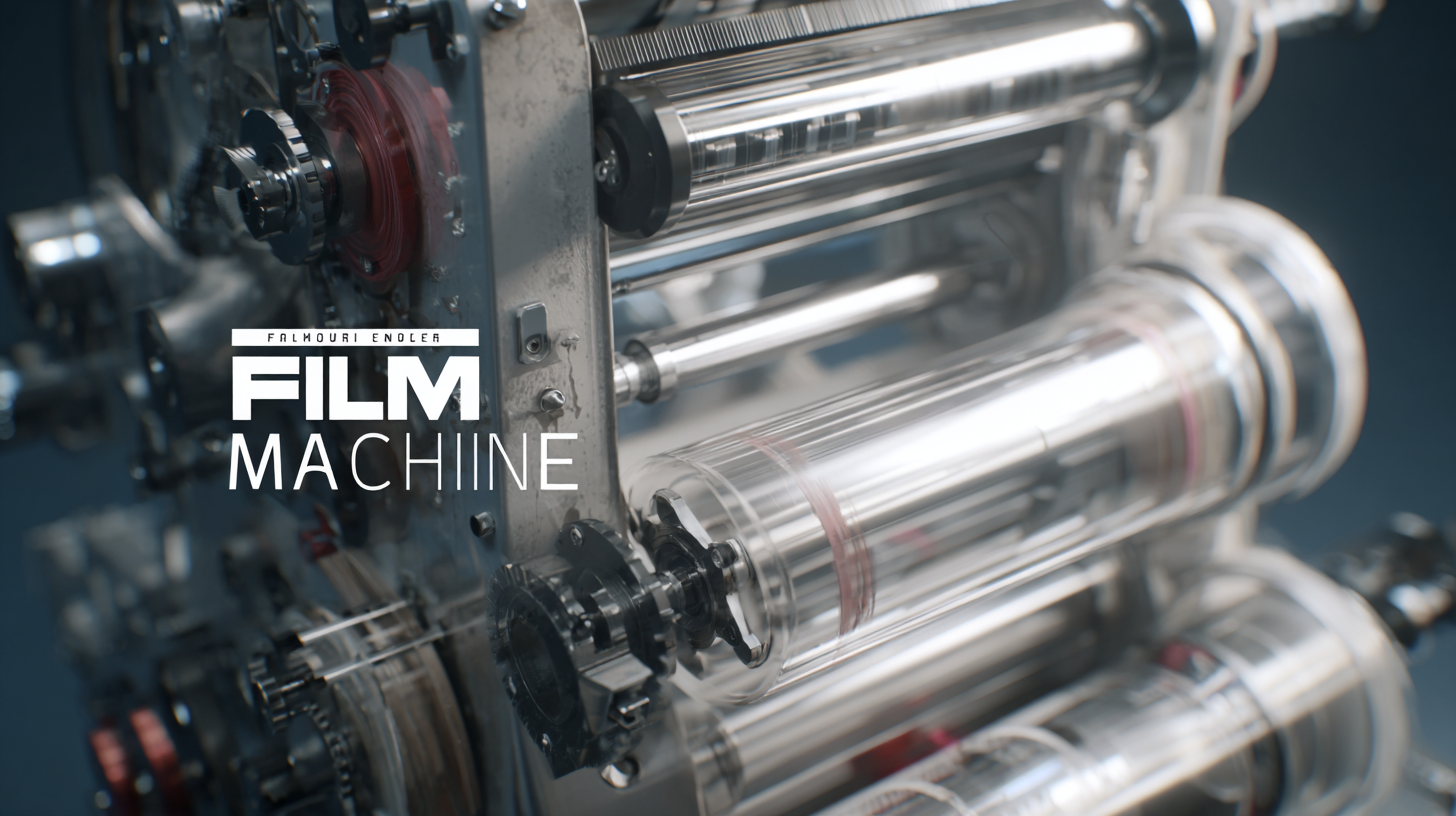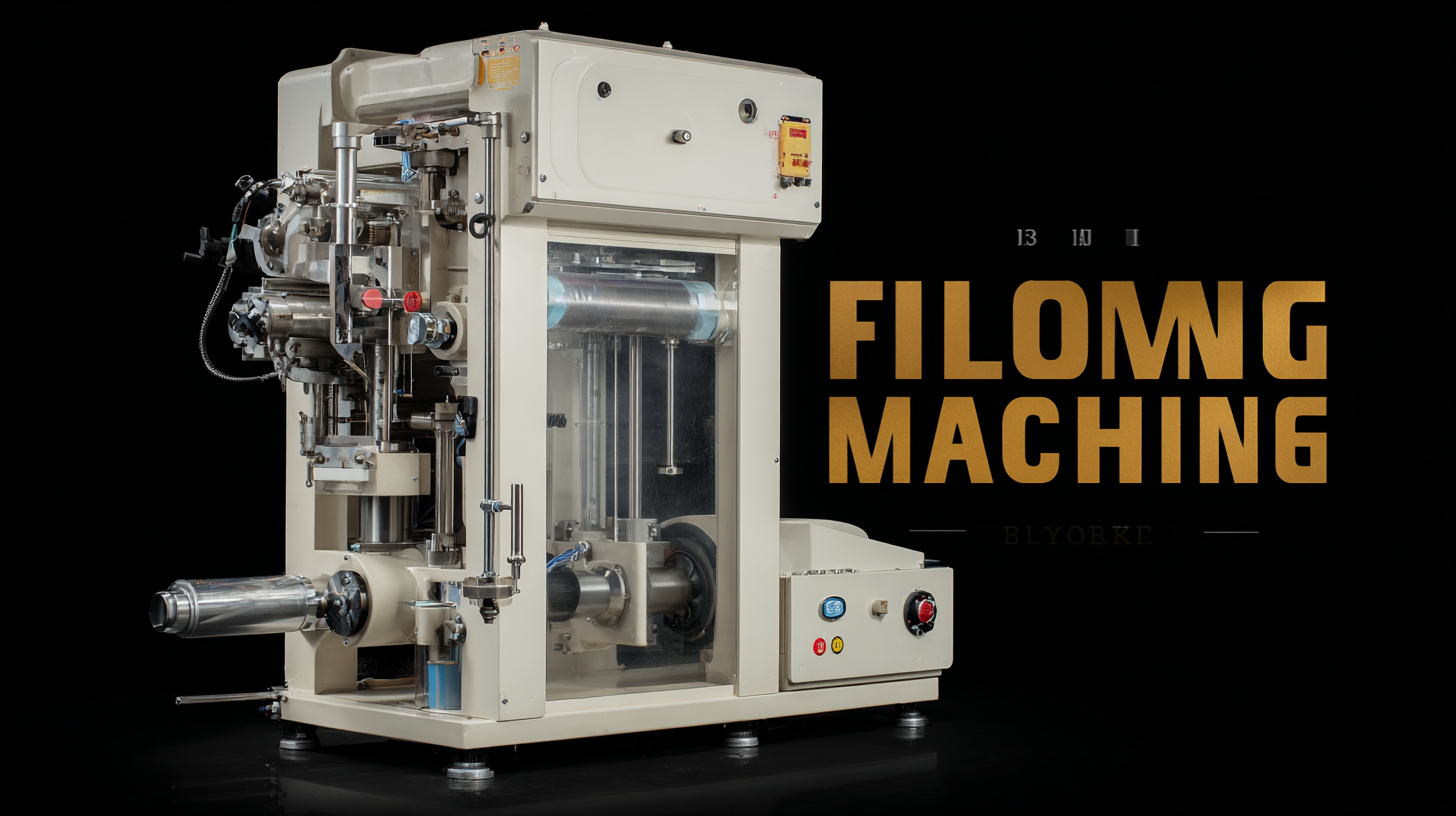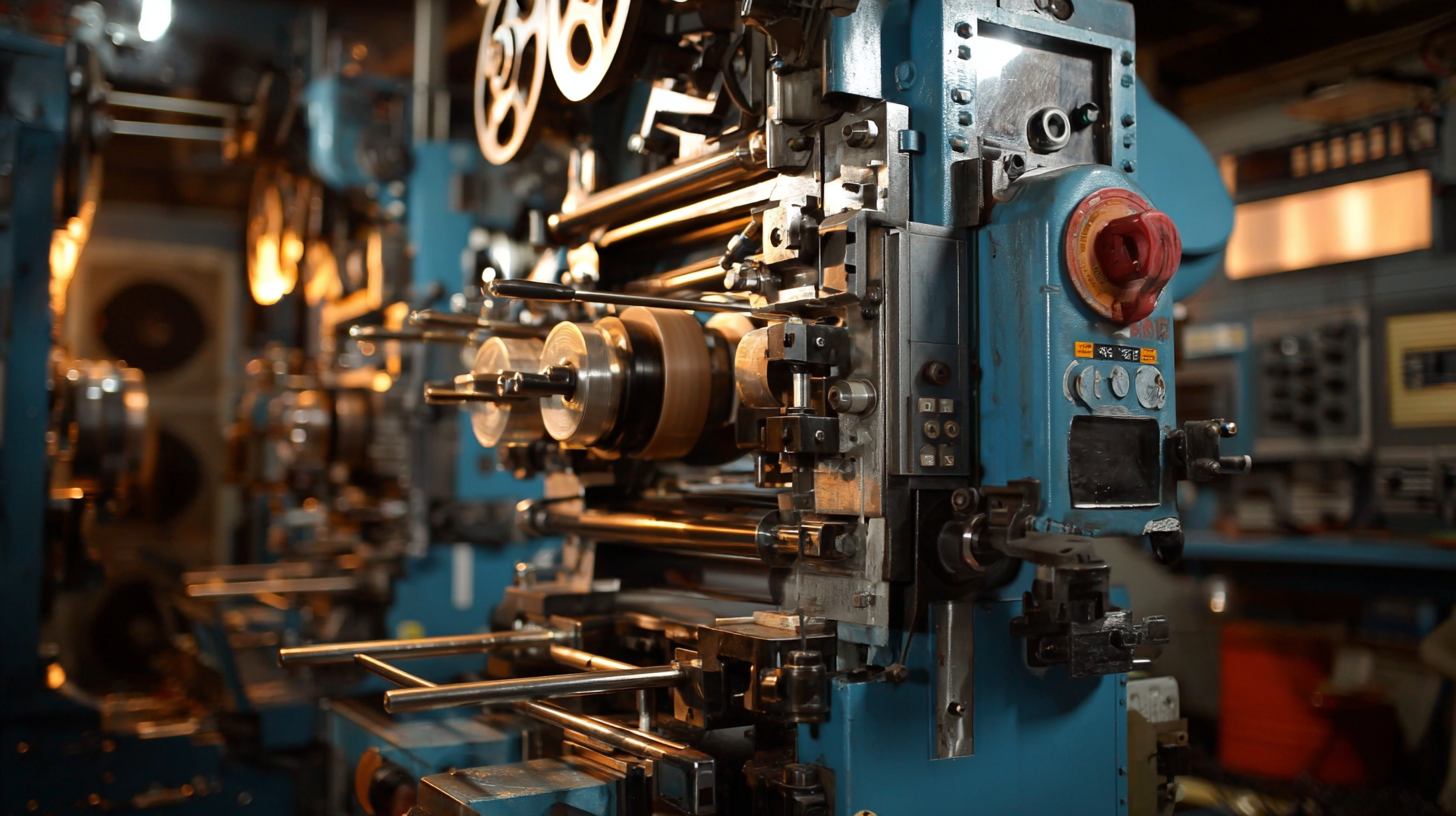
How to Choose the Best Film Blowing Machine for Your Business Needs
In today's fast-paced packaging industry, choosing the right Film Blowing Machine is crucial for maximizing productivity and ensuring the quality of your products. As we look towards the technological advancements expected in 2025, understanding the dynamics of this essential equipment becomes even more significant. With innovations in material science and automation, the Film Blowing Machine of the future promises enhanced efficiency, reduced energy consumption, and greater versatility. Additionally, businesses must explore alternatives that align with their specific operational needs while considering factors such as production capacity, material compatibility, and cost-effectiveness. This blog will guide you through the key considerations and emerging trends in selecting the best Film Blowing Machine tailored to your business requirements, setting the stage for success in an increasingly competitive market.

Understanding Your Production Requirements for a Film Blowing Machine
When selecting a film blowing machine, understanding your production requirements is paramount. According to recent industry reports, the global market for film blowing machines is projected to grow at a CAGR of 4.5% over the next five years. This surge underscores the importance of aligning the machine's capabilities with your specific output needs. For instance, if your business primarily produces low-density polyethylene (LDPE) films, you may require a machine that can handle higher extrusion rates and provide consistent thickness control.
Moreover, it is crucial to consider the scale of your operation. Data from the Flexible Packaging Association indicates that companies producing over 2,000 tons of film annually often benefit from advanced multi-layer machines that enhance production efficiency. These machines not only minimize material waste but also allow for the production of specialty films with unique properties, catering to a diverse range of applications. Assessing these production parameters will guide you in selecting a machine that maximizes productivity while aligning with your business goals.

Key Features to Look for in a High-Quality Film Blowing Machine
When selecting a film blowing machine for your business, it’s crucial to focus on key features that can influence productivity and product quality. According to a report by Technavio, the global film blowing machine market is expected to grow by 2.76 billion USD from 2021 to 2025, showcasing the industry's rising demand for efficient and high-quality manufacturing solutions. A high-quality film blowing machine should have a robust extrusion system that ensures consistent melting and flow of materials, which enables the production of films with uniform thickness and enhanced mechanical properties.
Additionally, consider machines with advanced control systems that allow for precise adjustments in temperature, pressure, and speed. A study by Research and Markets highlights that automation features in film blowing machines can reduce operational errors by 30%, significantly improving production efficiency. Furthermore, look for models equipped with energy-saving technologies, as energy costs can account for a substantial part of operational expenses. Machines that incorporate features like variable frequency drives can optimize energy consumption, making them a sustainable choice for businesses aiming to reduce their carbon footprint while maintaining high output levels.
How to Choose the Best Film Blowing Machine for Your Business Needs - Key Features to Look for in a High-Quality Film Blowing Machine
| Feature | Description | Importance |
|---|---|---|
| Material Compatibility | Ability to process various types of plastics such as LDPE, HDPE, and LLDPE. | Ensures versatility in production. |
| Output Capacity | Measured in kilograms per hour, indicating the volume of production. | Directly affects production efficiency and business scalability. |
| Die Head Design | Configuration of the die affects the quality of the film being produced. | Critical for achieving desired thickness and width. |
| Cooling System | Efficient cooling methods to stabilize the film post-extrusion. | Ensures smooth surface and prevents defects. |
| Control System | Advanced PLC or touch panel for precision in operation. | Enhances ease of use and operation consistency. |
| Energy Efficiency | Design of the machine to minimize energy consumption. | Reduces operating costs over time. |
| Size and Footprint | Physical dimensions and space required for installation. | Important for fitting the machine in production facilities. |
| After-sales Service | Support offered post-purchase including maintenance and training. | Essential for long-term operation and support. |
Comparing Different Types of Film Blowing Machines for Various Applications
When selecting a film blowing machine for your business, it is crucial to understand the different types available and their respective applications. Film blowing machines come in various configurations, each designed to serve specific needs. For instance, high-output machines are suitable for mass production, offering speed and efficiency that benefit large-scale operations. Conversely, smaller machines may be ideal for niche markets where customization and specialized film properties are required.
In addition to production capacity, the material compatibility of the machine plays a vital role in selection. For example, machines designed for producing polyethylene films differ significantly from those tailored for polyimide (PI) films, which are known for their excellent insulation properties. Given that the PI film industry has been expanding rapidly in recent years in China, a machine capable of handling different polymers may offer additional versatility and future-proofing for your investment. Understanding these nuances will help businesses make informed decisions that align with their unique application requirements.
Comparison of Different Types of Film Blowing Machines
This chart compares the production capacity of different types of film blowing machines, showcasing their efficiency for various applications within the industry.
Evaluating Manufacturer Reputation and Customer Support in Your Decision
When choosing a film blowing machine, evaluating the manufacturer's reputation and customer support is crucial. A trustworthy manufacturer often has a proven track record, evidenced by positive reviews and feedback from other businesses. Look for companies that have been in the industry for several years and have built a robust portfolio of successful installations.
Engaging with online forums and industry groups can provide insights into how they are perceived by their customers and whether they follow through on their commitments.
Customer support is equally important when making your decision. A reliable manufacturer should offer comprehensive support that extends beyond the sale. This includes readily available technical assistance, prompt response times for inquiries, and a well-structured maintenance program. Ensure that the manufacturer provides training resources for operating the machine and troubleshooting common issues. By prioritizing these factors, you’ll not only secure a quality film blowing machine but also establish a partnership that can help your business thrive in the long run.

Cost vs. Performance: Finding the Best Value in Film Blowing Machines
When investing in a film blowing machine, striking the right balance between cost and performance is crucial for your business's long-term success. It’s easy to get drawn in by the allure of low prices, but it’s vital to look beyond the initial investment. A cheaper machine might save money upfront but could lead to higher operational costs, frequent breakdowns, and lower product quality. These factors ultimately diminish your profitability and efficiency.
On the other hand, higher-priced machines that offer advanced features and better performance may deliver greater returns in the long run. Consider the specific needs of your production process; machines with enhanced capabilities can often reduce waste and improve output efficiency. Additionally, features such as user-friendly controls and energy-saving technologies can lead to significant savings over time.
Evaluating your business requirements and understanding the total cost of ownership will help you find a film blowing machine that not only meets your budget but also elevates your production capabilities.